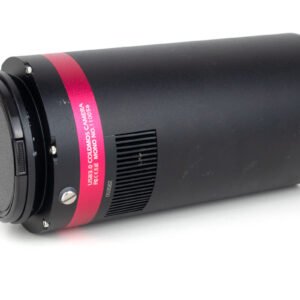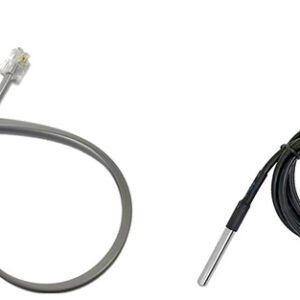The equipment
Getting these images can be quite a technical exercise, especially as you progress more into the hobby. But just a few critical components – some of which you might already have – can get you started so you can get your first image.
The camera
The best camera to start out with is the one you already have. Ideally, it’ll be a DSLR with a removable lens, so you can change things around. It should also have a manual setting so you can play with exposures.
One important thing your camera should have is provision for a shutter release cable. The WeMacro is an automated setup, meaning the brains in the system will fire your camera without you having to touch anything. In this hobby you’ll quickly learn that keeping everything still is – as they say – “mission critical”.
The lens
I’m sure you know that lenses are expensive. More specific lenses are more expensive again. Macro lenses are very similar to normal lenses, but with an extending section that draws them further from the camera body. This extension allows them to focus closer to the front of the lens, which gives you more magnification.
So, like the camera, the best lens is the one you’ve got already. In most cases, that means the kit lens – the one you got when you bought the camera.
Typically, a kit lens will focus down to 30cm from the camera. If you’ve got a macro lens, it’ll probably be able to focus much closer, maybe down to 5cm before things get fuzzy.
A reversed lens
The good news is that there’s a nifty little secret (am I allowed to call it a hack?) that you can take advantage of. If you remove the kit lens from your camera and hold it backwards in front of the camera body, you might find that you’re able to focus way, way, closer. Closer even than a macro lens. Seriously.











